This article is provided by our colleagues at RiskSTOP. As specialists in risk management, they offer a valuable perspective on London Fire Brigade ending its response to automatic fire alarms in daytime hours.
From 1st October 2024, the London Fire Brigade has said it will no longer respond to automatic fire alarms at most commercial properties between 7 am and 8.30 pm. Businesses should review their fire risk assessments in light of this change.
London Fire Brigade’s move is in line with a trend across the 52 Fire and Rescue Services (FRS) in the UK, where all but 14 have put protocols in place to limit responses to unwanted fire alarm signals. These protocols mean FRS will only attend automatic fire alarms once a fire has been confirmed, which could delay fire brigade attendance and increase the potential of significant fire damage.
Scottish Fire and Rescue Service adopted the same protocol in July 2023 and has since seen an average daily reduction in unwanted fire alarm signal callouts of 52.
“This change is undoubtedly having a positive impact on reducing unnecessary operational demand, freeing up our firefighters to attend genuine emergencies and engaging with local communities on essential fire prevention work”, said Deputy Assistant Chief Officer Iain MacLeod.
Paul Farmer, Head of Technical Risk Engineering and Surveys at RiskSTOP, has advised, “Policyholders need to be aware of their local FRS protocol for unwanted fire alarm signals as this will impact response times, which will vary from location to location. Businesses should act as soon as possible to mitigate the increased property loss and life safety potential associated with these changes.”
Paul’s key recommendations include:
- Update Fire Risk Assessments:
To reflect the new delayed response times and include enhanced fire detection and management systems.
- Revise Fire Safety Plans:
Amend fire plans so that confirmed fires during business hours are reported by dialling 999.
- Upgrade Fire Detection Systems:
Upgrade existing Automatic Fire Detection (AFD) systems to include double knock, multi-sensing detectors, or other confirmed technology that requires multiple triggers, providing a confirmed activation.
- Keyholder Protocols:
Develop a keyholder confirmation process to verify AFD activations outside business hours. A swift 10-20 minute response is required for early verification and attendance by the FRS.
- Staff Training:
Train staff on investigation procedures following an AFD activation so they are prepared to deal with such incidents safely and effectively.
- Update ARC Protocols:
Change Alarm Receiving Centre (ARC) protocols so that FRS are not automatically notified upon alarm activation. Instead, wait for secondary confirmation through additional detector activations, monitoring the “confirmed” technology, or keyholder verification.
The Bigger Picture
Paul added: “These changes to fire brigade response protocols have big implications for businesses and insurance carriers, especially around potential loss scenarios. With the fire brigade's delayed attendance, fires may have more time to develop and cause more damage than previously thought. This means property asset and life safety management needs to be reviewed to minimise the potential increased danger to life, property assets and the business.”
Our Commitment
The team at Towergate, in partnership with colleagues at RiskSTOP, can provide support to navigate these changes. For more information, please contact your usual Towergate adviser.


